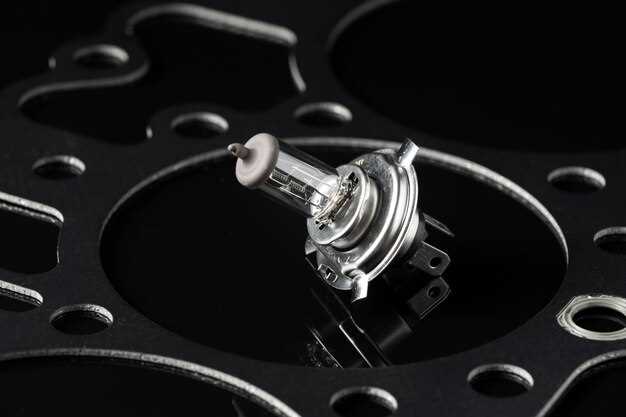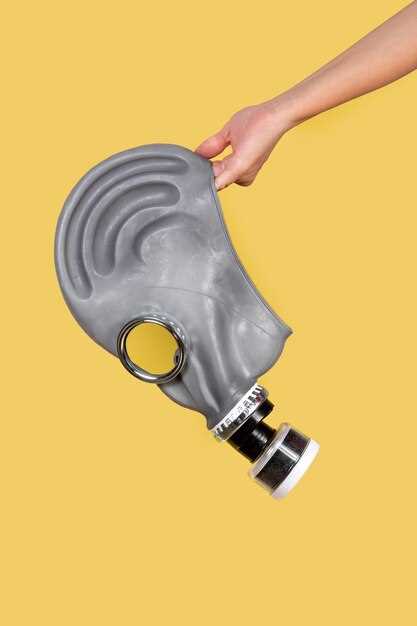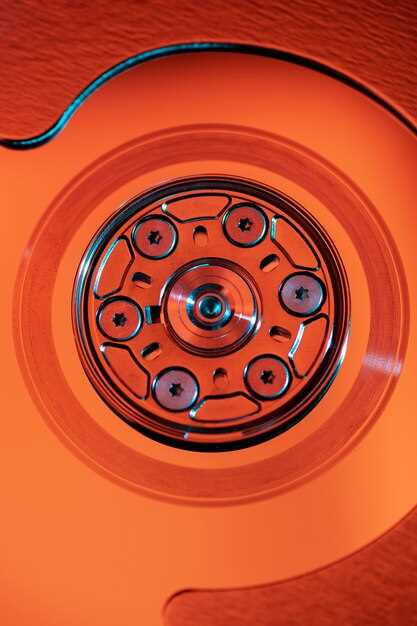
The choice of braking system has a significant impact on a vehicle’s overall performance, particularly for high-performance cars and racing vehicles where every millisecond counts. Among the most popular braking systems are Brembo traditional brakes and advanced carbon-ceramic brakes. Understanding the differences between these systems is crucial for anyone looking to enhance their vehicle’s stopping power.
Brembo brakes are renowned for their efficiency and reliability, making them a favored option for many automotive manufacturers. They provide exceptional brake feel and consistency, translating into superior control during aggressive driving maneuvers. However, with the emergence of carbon-ceramic brake technology, enthusiasts are now presented with alternatives that promise lighter weight and better heat dissipation, which can further augment a car’s performance.
In this article, we will dissect the key attributes of Brembo and carbon-ceramic brake systems, focusing on aspects such as longevity, weight, heat management, and cost. By the end, you will have a comprehensive understanding of which brake system may best suit your driving style and expectations for performance.
Cost Analysis of Brembo vs Carbon-Ceramic Brake Systems
When evaluating brake systems, the financial aspects play a crucial role in the decision-making process for both consumers and manufacturers. Brembo brake systems are widely renowned for their performance and reliability, which often comes at a premium price. Typical costs for a complete Brembo brake setup can range significantly based on the vehicle type and specific components chosen, often starting from around $1,500 and going upwards to $5,000 or more for high-performance applications.
In comparison, carbon-ceramic brake systems present a different pricing structure. These advanced braking systems, known for their lighter weight and superior thermal resistance, are typically more expensive than traditional Brembo setups. The cost for a full carbon-ceramic kit may begin at approximately $6,000 and can exceed $20,000 for high-end vehicles, reflecting the advanced materials and technology involved in their manufacture.
Maintenance and longevity are additional factors that impact overall costs. Brembo systems generally require regular maintenance but are designed for high durability, providing a balance between performance and cost. In contrast, carbon-ceramic brakes often have a longer lifespan under normal conditions, minimizing the need for frequent replacements. However, when replacements are necessary, the costs can be significantly higher compared to conventional brake setups.
Ultimately, while Brembo brake systems may have a lower initial investment, the long-term financial implications of carbon-ceramic technology can be advantageous for high-performance applications. The choice between these two systems should not only focus on upfront costs but also consider performance, longevity, and maintenance expenses over time.
Durability and Longevity: What to Expect

When comparing Brembo and carbon-ceramic brake systems, durability and longevity are critical factors that influence performance and overall driving experience. Both brake systems offer distinct advantages, but their lifespan can differ significantly, affecting both maintenance costs and vehicle reliability.
- Brembo Brake Systems:
- Typically made from high-quality alloys and designed for high performance.
- Durability is generally good under typical driving conditions; however, performance may decline with aggressive driving or track use.
- Regular maintenance and replacement of pads and rotors may be required to maintain optimal performance over time.
- Carbon-Ceramic Brake Systems:
- Designed for extreme durability, often found in high-end sports cars and racing applications.
- Resistance to wear is significantly higher than Brembo’s traditional options, allowing for use in very demanding environments.
- Typically, no need for frequent replacement–lasting many thousands of miles under normal driving conditions.
- The initial cost is higher, but the longevity may justify this investment due to lower maintenance needs.
In summary, while both systems provide excellent braking performance, the choice between Brembo and carbon-ceramic brakes should consider factors such as driving style and the expected application. For everyday driving, Brembo may suffice, but for those seeking high durability with minimal frequency of part replacement, carbon-ceramic systems often prove superior in the long run.
Heat Management: Performance Under Extreme Conditions
Effective heat management is crucial for brake systems, particularly when evaluating the performance of Brembo and carbon-ceramic brake systems under extreme conditions. Both systems exhibit unique characteristics that influence their cooling capabilities and thermal stability during high-stress scenarios, such as racing or mountainous driving.
Brembo brake systems are renowned for their ability to dissipate heat efficiently. Their design typically incorporates ventilated discs and optimized caliper configurations that enhance airflow, reducing the risk of brake fade in high-temperature situations. This performance advantage is particularly pronounced in traditional metal-based brake systems, which excel in daily driving and track environments where consistent braking power is essential.
In contrast, carbon-ceramic brake systems have made significant strides in heat management, offering superior thermal resistance. These composite materials can withstand higher temperatures without losing performance. Their ability to operate effectively in extreme heat conditions minimizes brake fade and enhances longevity, making them a preferred choice for high-performance vehicles and motorsport applications.
When comparing the two systems, it is clear that while Brembo systems deliver excellent performance across a range of driving conditions, carbon-ceramic brakes excel in extreme environments where peak performance is paramount. The lightweight nature of carbon-ceramic materials also contributes to overall vehicle performance, providing an additional advantage in rapid deceleration and handling responsiveness.
Ultimately, the choice between Brembo and carbon-ceramic brake systems hinges on specific use cases and driving demands. For everyday performance and a balance of cost and efficiency, Brembo systems stand out. However, for enthusiasts seeking the highest level of performance under extreme conditions, carbon-ceramic brakes offer a compelling comparison that leverages innovative materials and design for superior heat management.
Weight Differences: Impact on Vehicle Dynamics
When comparing Brembo brake systems to carbon-ceramic alternatives, one of the most significant factors is weight. The weight of brake systems can profoundly affect vehicle dynamics, influencing handling, acceleration, and overall performance. Lighter brake components allow for reduced unsprung weight, which directly contributes to the vehicle’s agility and responsiveness.
Brembo’s traditional brake systems typically utilize cast iron or steel materials, whereas carbon-ceramic brakes are renowned for their lightweight properties. This difference in material affects not only the weight of the braking system but also the vehicle’s center of gravity. A lower center of gravity enhances stability and cornering performance, particularly in high-performance applications.
Moreover, as weight decreases, the vehicle experiences less inertia during braking. This leads to shorter stopping distances and improved control during rapid deceleration. The impact of weight on dynamic behavior extends to the suspension system as well; lighter brakes can allow for more effective wheel movement and better compliance over bumps and uneven surfaces.
The following table summarizes key weight differences and their implications on vehicle dynamics:
| Brake System Type | Typical Weight (per axle) | Impact on Vehicle Dynamics |
|---|---|---|
| Brembo (Cast Iron) | 20-30 kg | Higher unsprung weight; potential for increased braking distance and reduced agility. |
| Carbon-Ceramic | 10-15 kg | Lower unsprung weight; enhanced responsiveness, shorter stopping distance, improved handling. |
In conclusion, the weight of the brake system is a critical factor that impacts vehicle dynamics. Carbon-ceramic brakes provide significant advantages in performance due to their light weight, enabling better handling and acceleration characteristics. This makes them a preferred choice for high-performance vehicles where every aspect of speed and control is paramount.
Maintenance Requirements for Each Brake System

Maintaining brake systems is crucial for ensuring optimal performance and safety. Both Brembo and carbon-ceramic brake systems require different maintenance approaches due to their unique materials and engineering.
Brembo brake systems typically feature metal rotors and pads, which can wear down over time. Regular inspections should include checking the thickness of the brake pads and rotors. It is essential to replace worn components to maintain performance and avoid brake fade. Additionally, Brembo brakes may need periodic cleaning to remove dust and debris that can affect their operation.
On the other hand, carbon-ceramic brake systems offer superior performance but come with specific maintenance needs. These systems are designed to be more resistant to heat and wear, reducing the frequency of replacements. However, they require careful monitoring for signs of cracking or damage, especially after high-performance driving. Periodic inspections should focus on the surface condition of the rotors and pads, as any imperfections can lead to decreased braking efficiency.
Another important aspect of carbon-ceramic brakes is that they may require specialized cleaning products to avoid damaging the materials. Unlike Brembo brakes, which can often be cleaned with standard brake cleaners, carbon-ceramic systems need gentler solutions to preserve their integrity.
In conclusion, both Brembo and carbon-ceramic brake systems demand specific maintenance practices to ensure long-lasting performance. Understanding the unique requirements of each system is essential for optimal functionality and safety on the road.
Real-World Performance: User Reviews and Experiences
When comparing Brembo brake systems with carbon-ceramic alternatives, user experiences provide valuable insights into performance under real-world conditions. Many users of Brembo brakes highlight their exceptional stopping power and reliability, particularly in high-performance vehicles. The consistent feedback emphasizes that Brembo systems perform exceptionally well even under extreme conditions, such as on racetracks where heat dissipation is critical.
In contrast, carbon-ceramic brake systems are often praised for their lightweight design and resistance to brake fade. Users report that these systems maintain performance over extended periods, making them ideal for long-distance driving or competitive racing. However, some users note that the initial bite can be less aggressive compared to Brembo, requiring an adjustment period for optimal performance.
Durability is a common point of discussion among users. Brembo brake users frequently commend their longevity, especially in standard driving conditions. On the other hand, carbon-ceramic systems are lauded for their wear resistance, often outlasting traditional materials. However, the high replacement cost can be a deterrent for some users, despite the performance benefits.
In terms of everyday usability, Brembo systems have a solid reputation for providing predictable and responsive braking, which builds driver confidence. Conversely, carbon-ceramic brakes can offer a distinct feel that some drivers adore, while others may prefer the more familiar response of Brembo brakes.
Ultimately, the choice between Brembo and carbon-ceramic systems often depends on individual preferences and driving styles. Users who prioritize track performance may gravitate towards Brembo for its aggressive stopping power, while those seeking lightweight and longevity may favor carbon-ceramic systems. Collectively, these real-world experiences offer a nuanced perspective on the performance comparison between these two advanced braking technologies.
